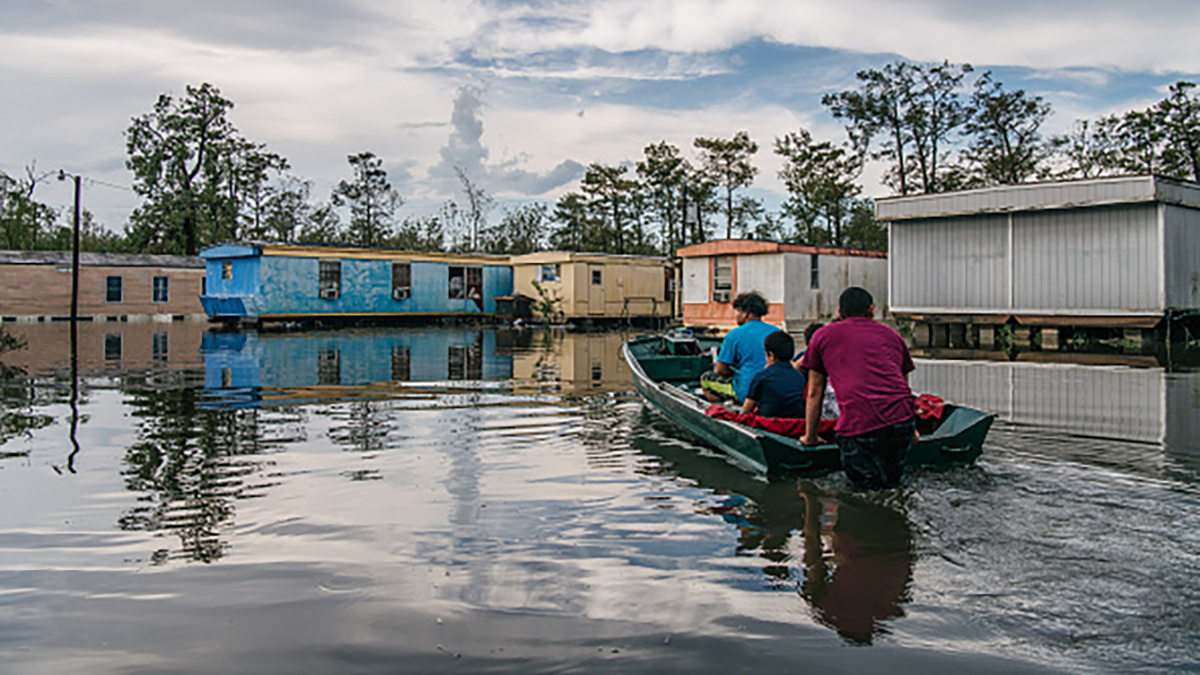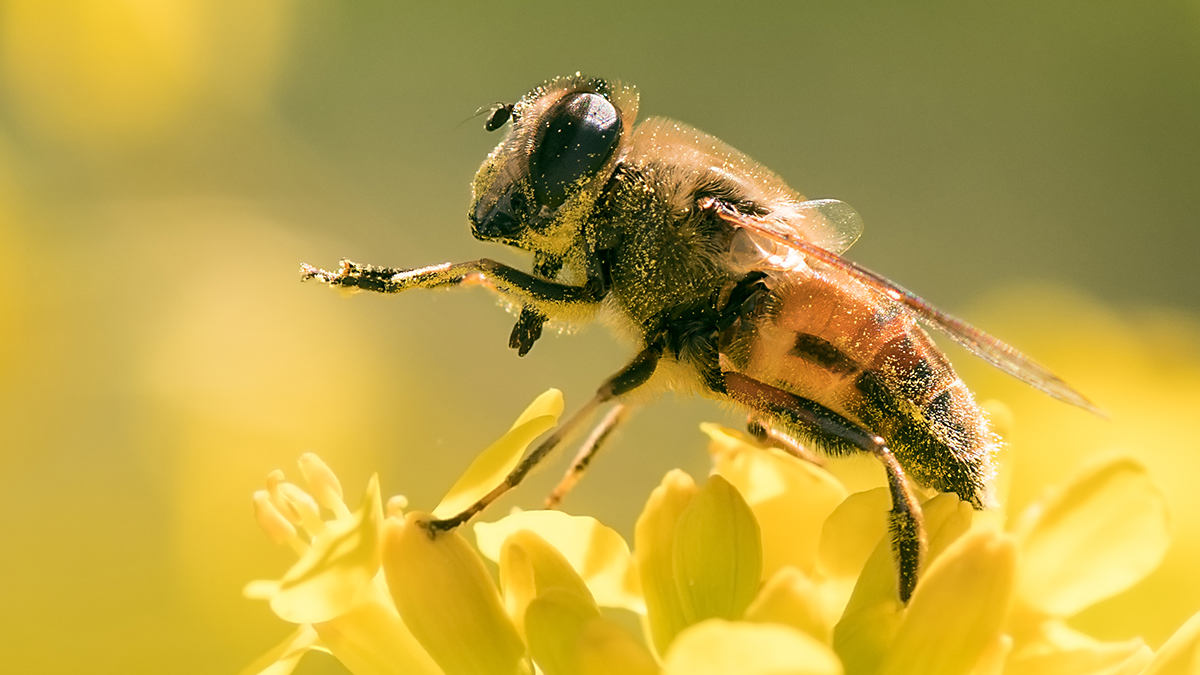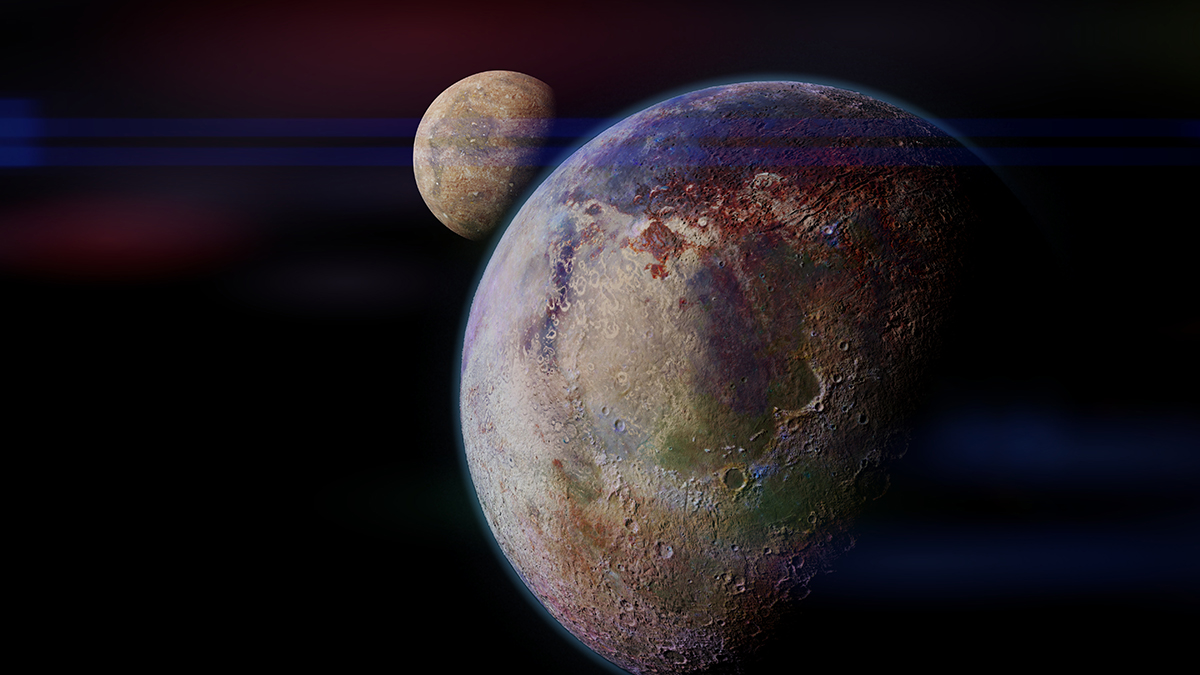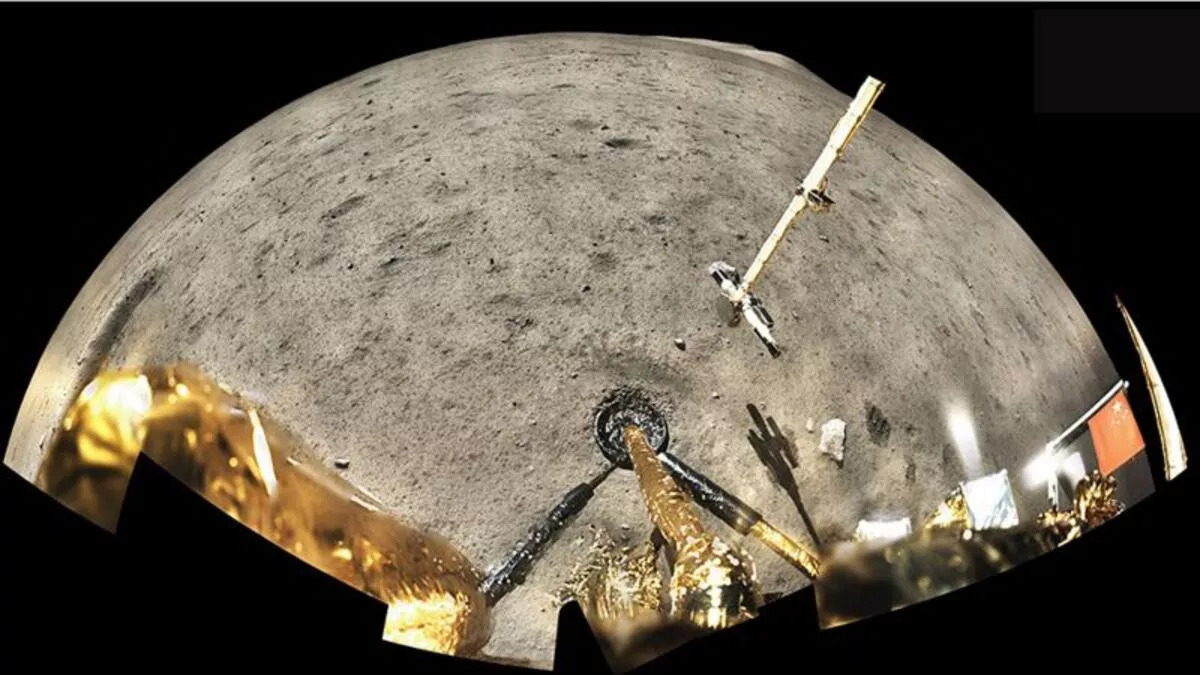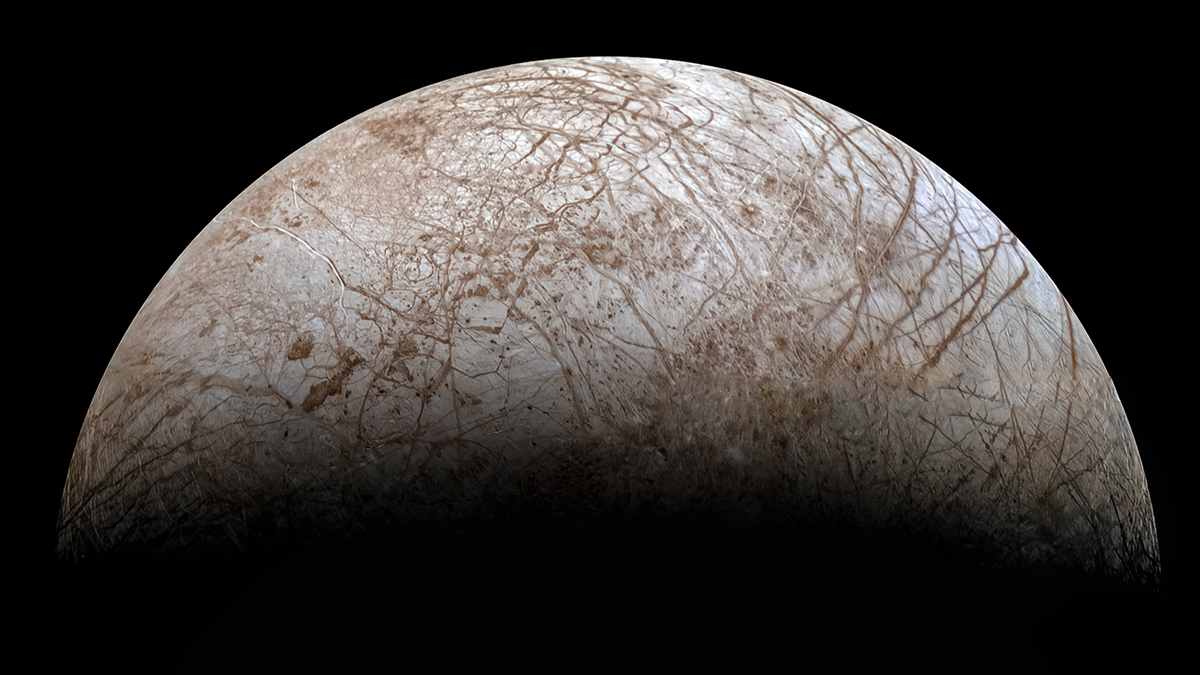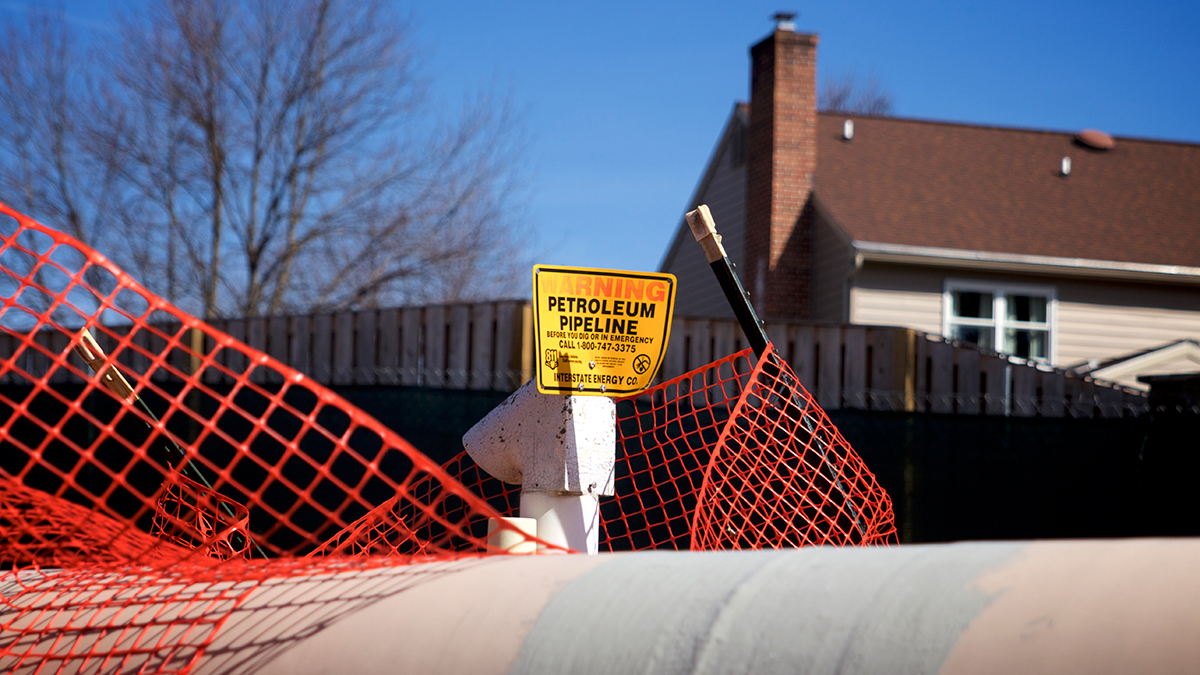Climate change, shifting populations, and infrastructure development in risky areas compound future flood loss risk.
Kimberly M. S. Cartier
Kimberly M. S. Cartier, Senior Science Reporter for Eos.org, joined the Eos staff in 2017 after earning her Ph.D. studying extrasolar planets. Kimberly covers space science, climate change, and STEM diversity, justice, and education
The Young Earth Under the Cool Sun
How did our planet avoid being frozen solid during the early days of our solar system?
Pollination Plummeted 31% in Polluted Fields
Air pollution levels below “safe” limits (and lower than those commonly found in cities) led to a significant decrease in pollination by 10 common insects.
To Make a Big Moon, Start with a Small Planet
Why is our Moon so massive compared with Earth, and how might that configuration happen elsewhere?
Good News: Rocks Crack Under Pressure from Mineral CO2 Storage
When carbon mineralizes in stone, each new fracture exposes more surfaces that can react with and trap CO2, enhancing a rock’s storage capacity.
Lunar Water from China’s Lander Matches Apollo Samples
Chang’e-5’s results are the first in situ measurements of water on the Moon.
Can Uranus’s Rings Reveal the Planet’s Deepest Secrets?
Planetary rings can act as seismometers that respond to changes deep within a planet.
A Gas Pipeline Investigation Built on Community-Centered Ideas
From developing a research question to enacting solutions, environmental justice requires community engagement in every step of the scientific process.
New “Snakebot” Could Map Cambodian Minefields
By navigating under dense vegetation, an innovative robot could significantly reduce the monetary, environmental, and human cost of demining Cambodia.

